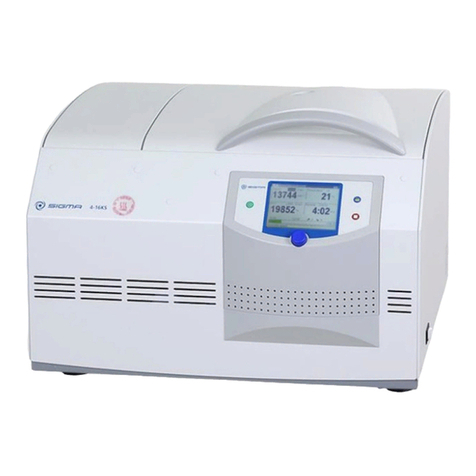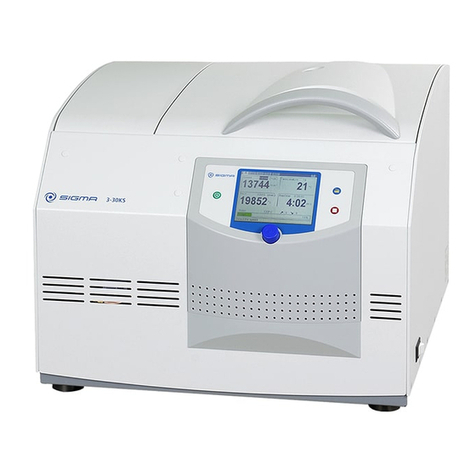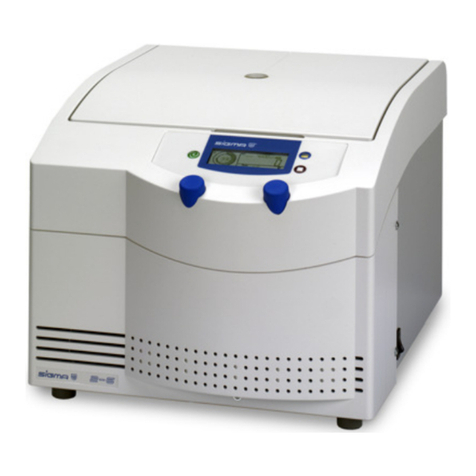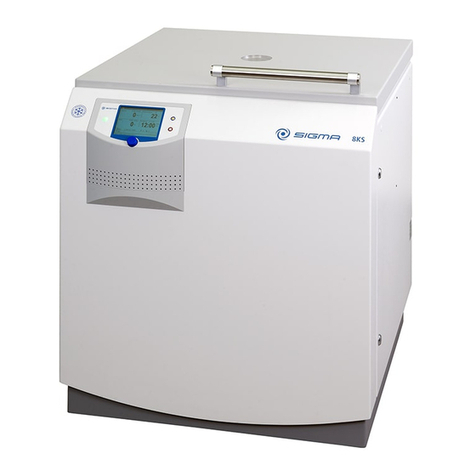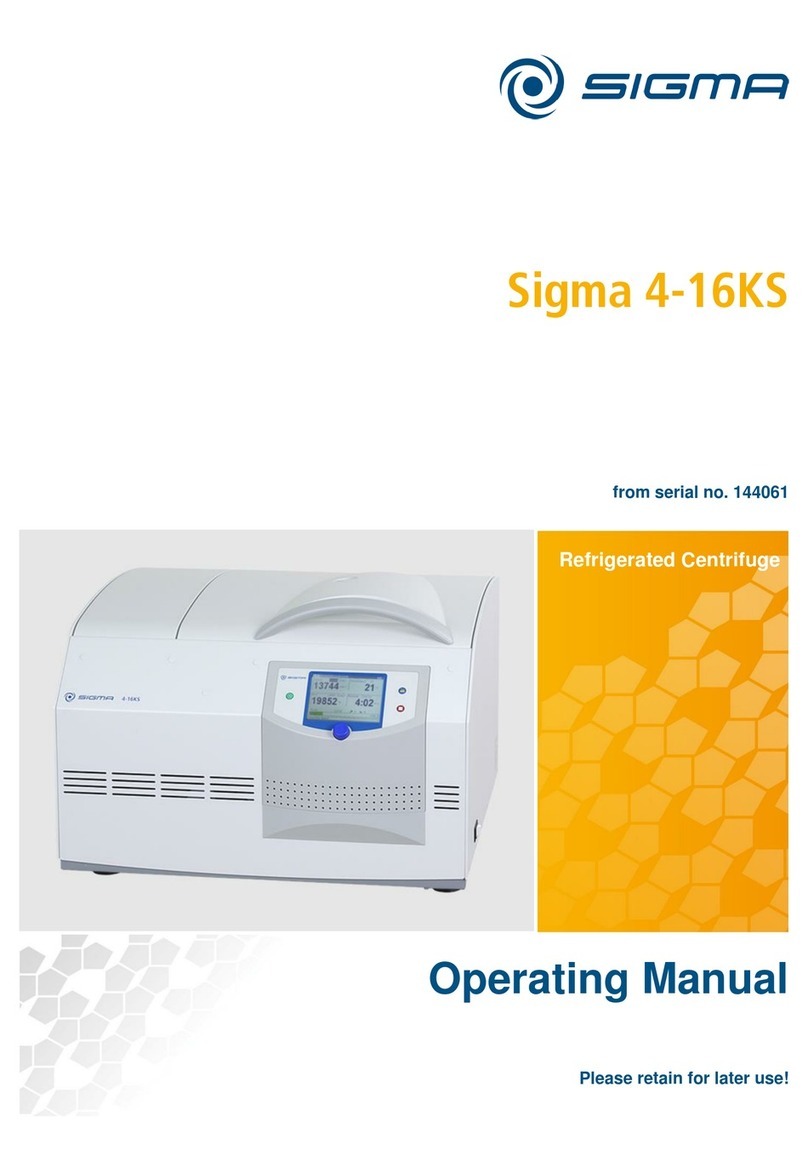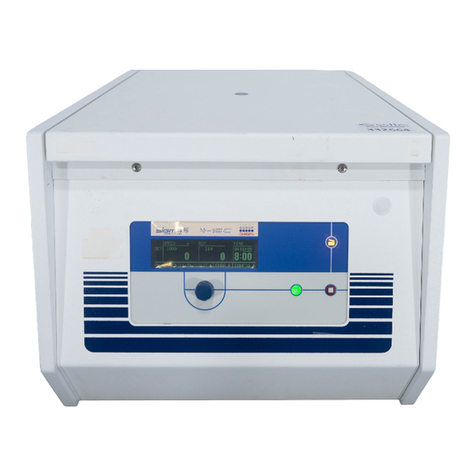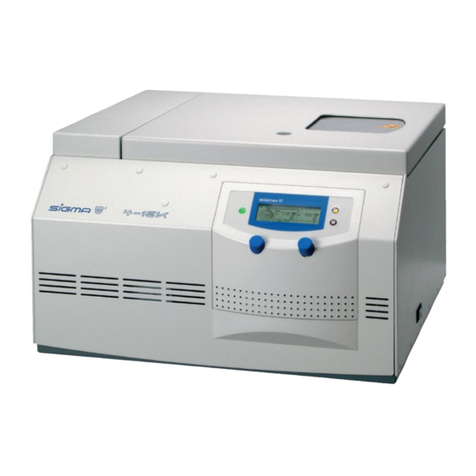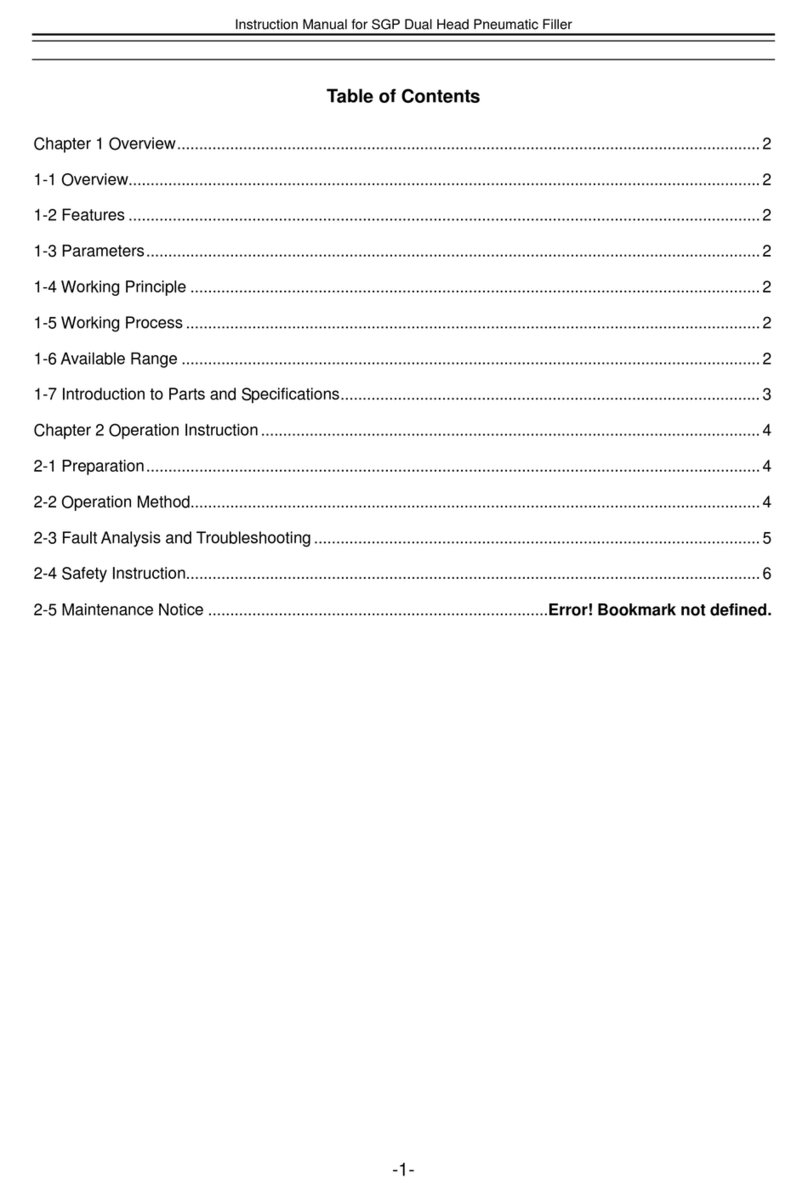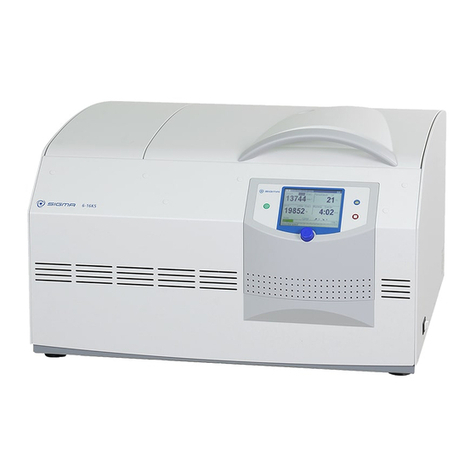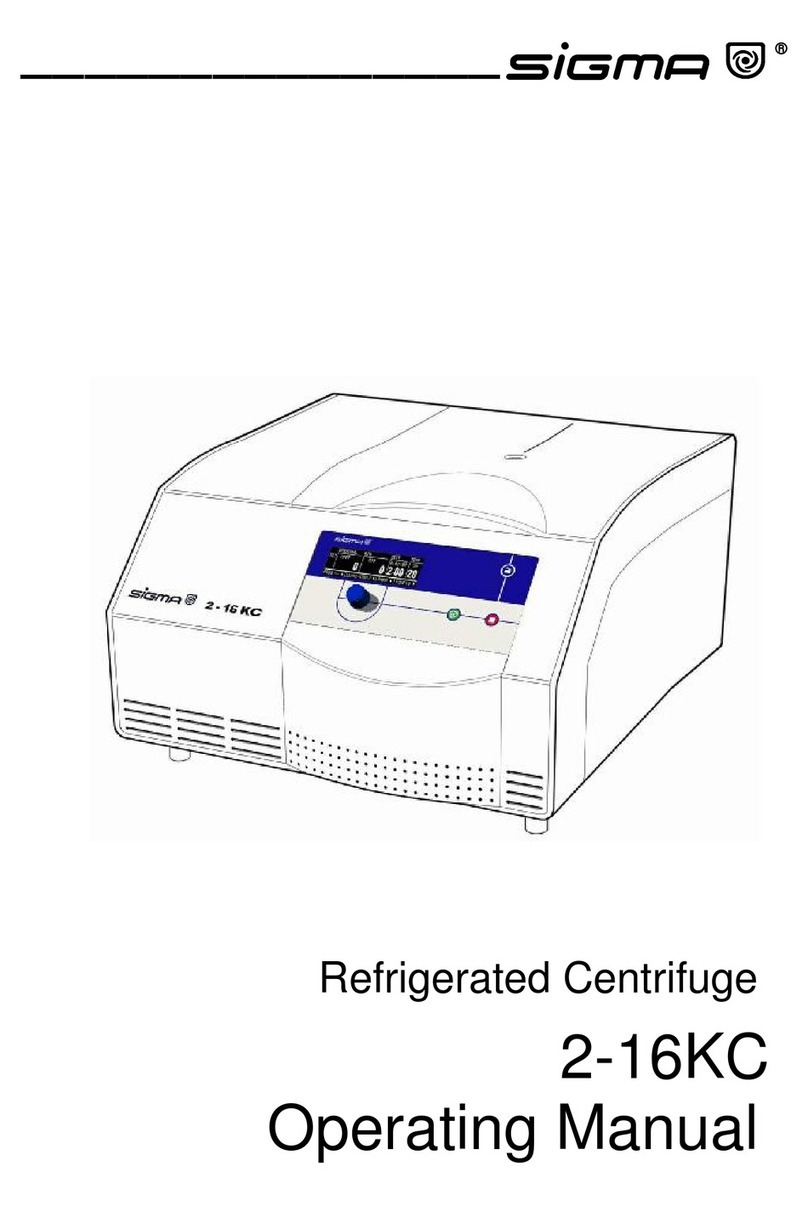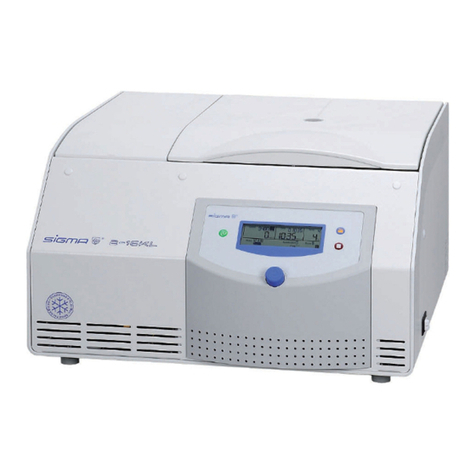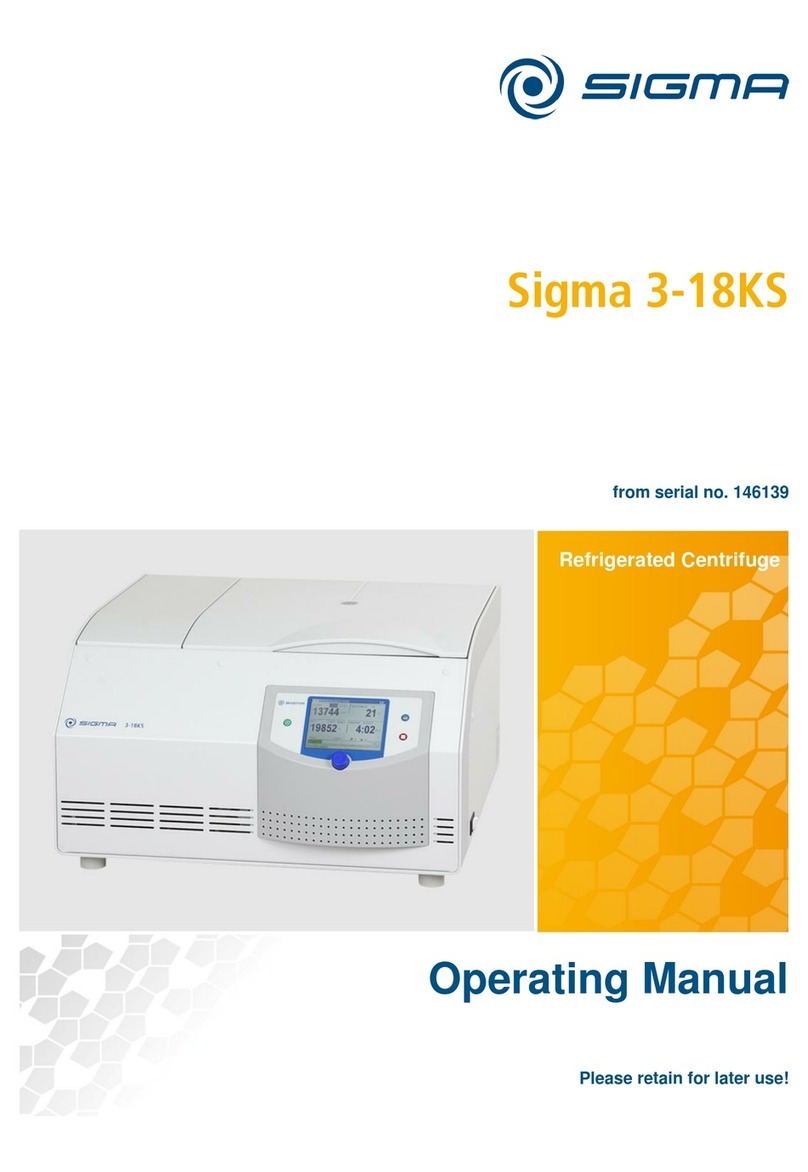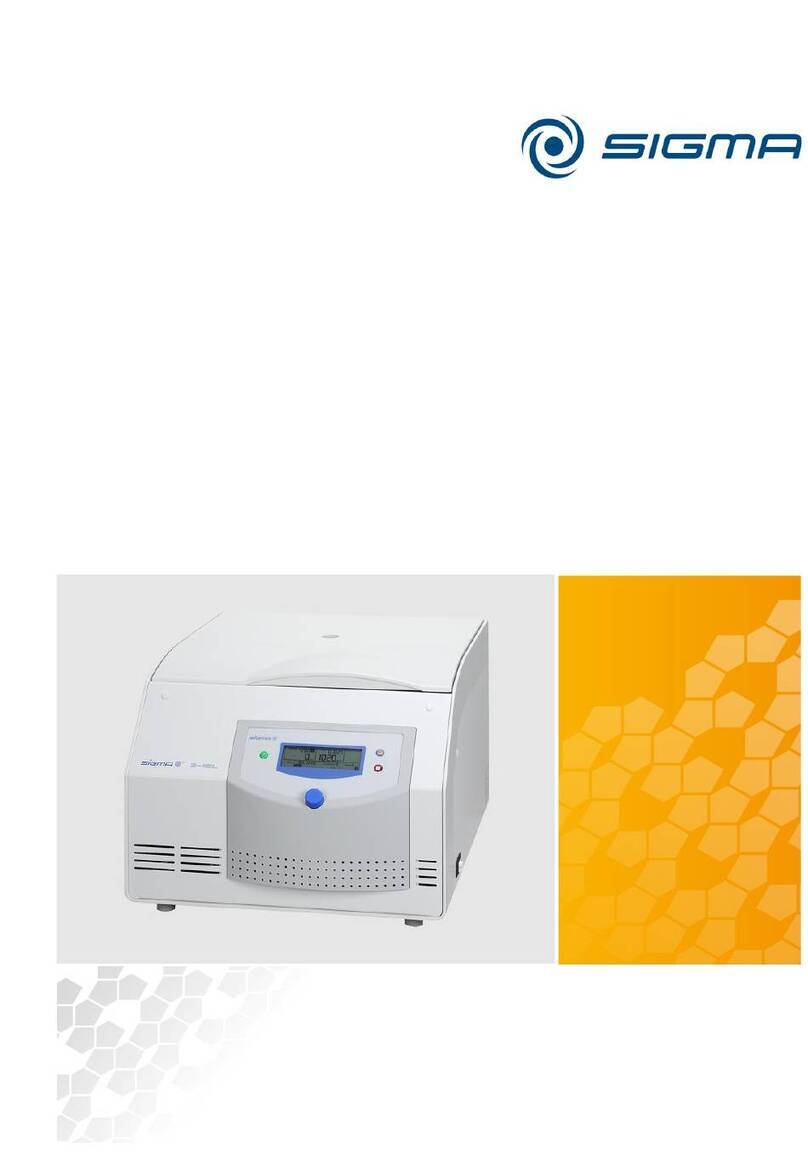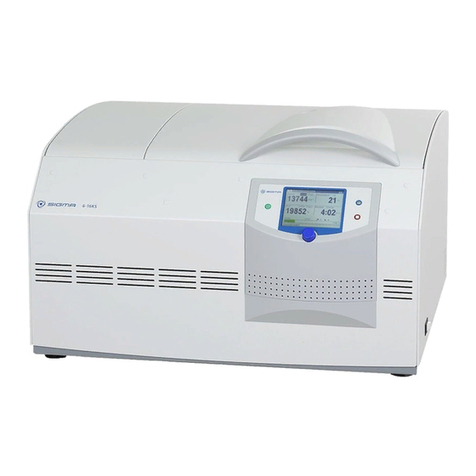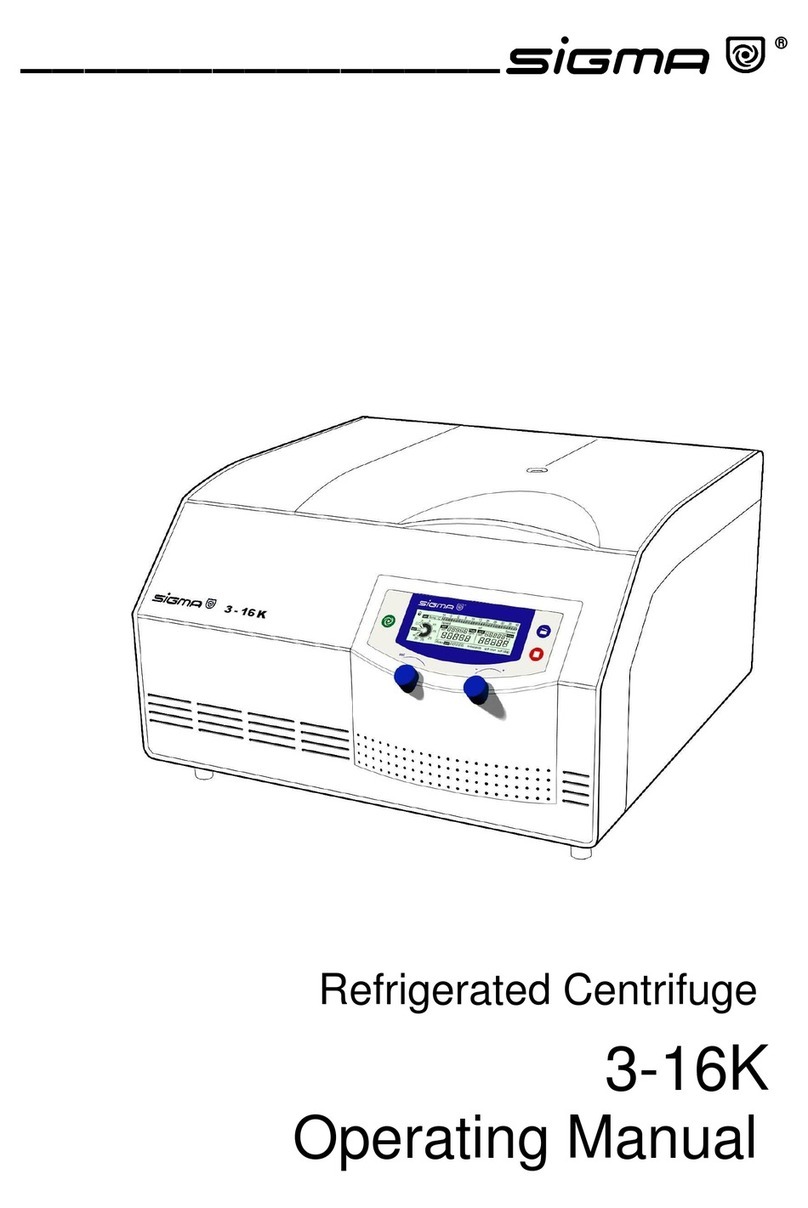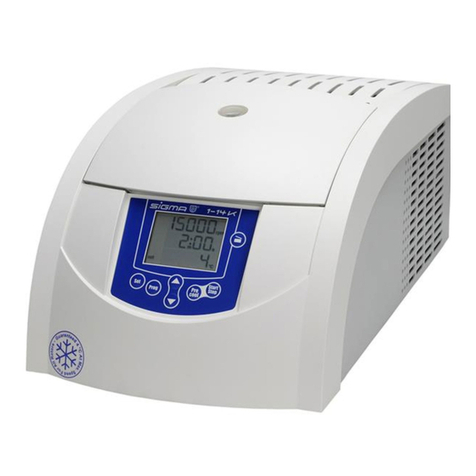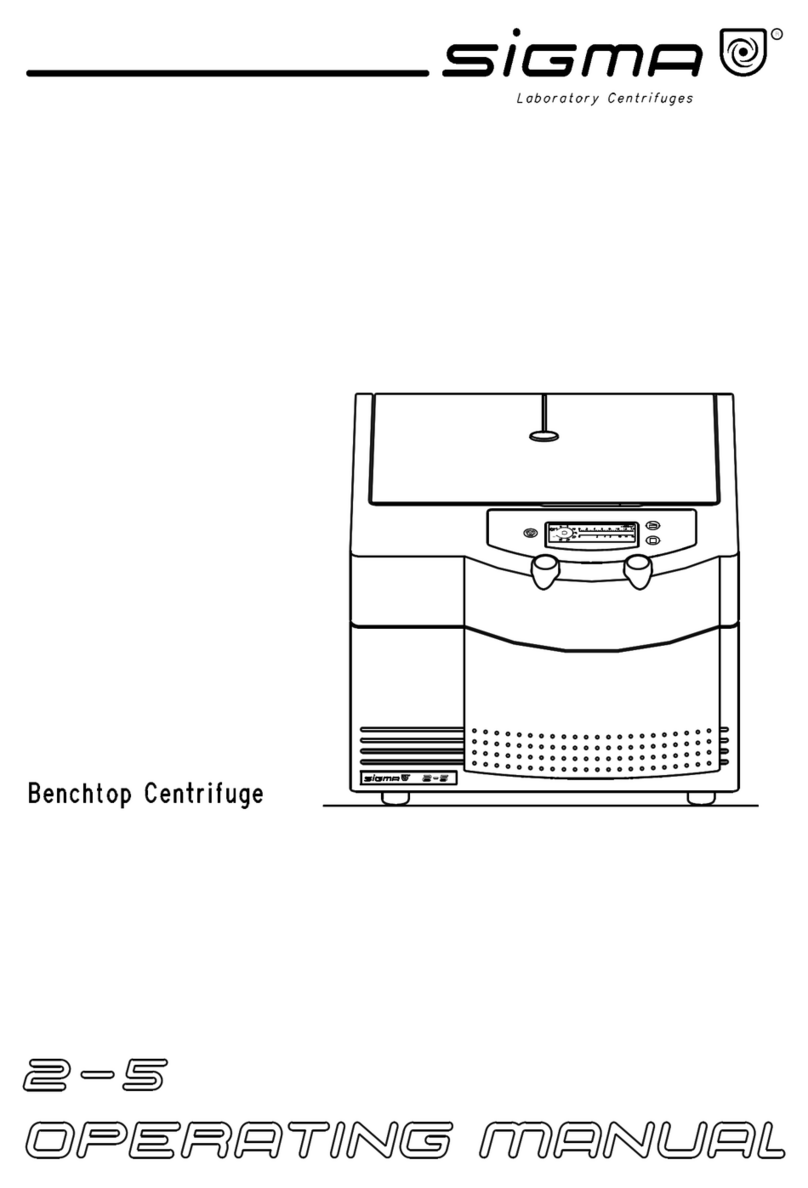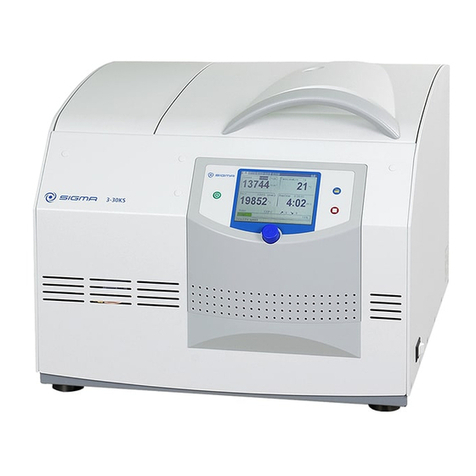
Instructions, use and maintenance manual Pag. 2/48
SRIZZA 40
1.
General information ............................................................................................................................ 4
1.1.
Foreword ...........................................................................................................................................4
2.
Content of the declaration of conformity.......................................................................................... 5
3.
Warranty conditions............................................................................................................................ 6
3.1.
Validity...............................................................................................................................................6
3.2.
Warranty mode of provision ..............................................................................................................6
3.3.
Wear parts.........................................................................................................................................6
4.
General safety standards ................................................................................................................... 7
4.1.
Safety standards. ..............................................................................................................................7
4.2.
Safety devices...................................................................................................................................7
4.3.
Educating and training of machine operators ...................................................................................7
5.
Customer set-ups................................................................................................................................ 9
5.1.
Instructions for ordering spare parts .................................................................................................9
6.
Safe work methods and procedures ............................................................................................... 10
6.1.
Risks for the operator......................................................................................................................10
7.
Organisation of the manual and how to consult it......................................................................... 12
7.1.
Glossary ..........................................................................................................................................12
8.
Machine description.......................................................................................................................... 13
9.
Machine identification....................................................................................................................... 14
9.1.
Main components............................................................................................................................14
10.
Technical data and features............................................................................................................. 15
10.1.
Units of measurement.....................................................................................................................15
10.1.1.
Technical data.............................................................................................................................15
10.1.2.
Dimensions .................................................................................................................................15
10.1.3.
Packaging ...................................................................................................................................16
10.2.
Control panel...................................................................................................................................16
10.3.
Type of drive and motor ..................................................................................................................17
10.4.
Storage and conservation of the machine.......................................................................................17
10.4.1.
Storage........................................................................................................................................17
10.4.2.
Storing the machine....................................................................................................................17
10.5.
Types and features of the product and of the treated materials .....................................................17
10.6.
Type and features of machine emissions........................................................................................17
11.
Transport and installation ................................................................................................................ 18
11.1.
Machine on pallet ............................................................................................................................18
11.2.
Machine without pallet.....................................................................................................................18
11.3.
Description of the adjustment and commissioning operations........................................................19
11.3.1.
Installation...................................................................................................................................19
11.3.2.
Electric line connection ...............................................................................................................20
12.
Adopted safety devices .................................................................................................................... 21
13.
User instructions............................................................................................................................... 22
13.1.
Operating instructions .....................................................................................................................22
13.1.1.
First maximum adjustment of the desired dough thickness........................................................22
13.1.2.
Using the machine ......................................................................................................................22
13.1.3.
Oservations.................................................................................................................................22
13.1.4.
Workable doughs........................................................................................................................23
13.1.5.
The doughs.................................................................................................................................23
14.
Scheduled maintenance and/or replacement interventions......................................................... 27
14.1.
Master switch ..................................................................................................................................27
14.2.
Master switch ..................................................................................................................................27
14.3.
Stop circuit and safety micro-switch................................................................................................27
14.4.
System checks ................................................................................................................................28






